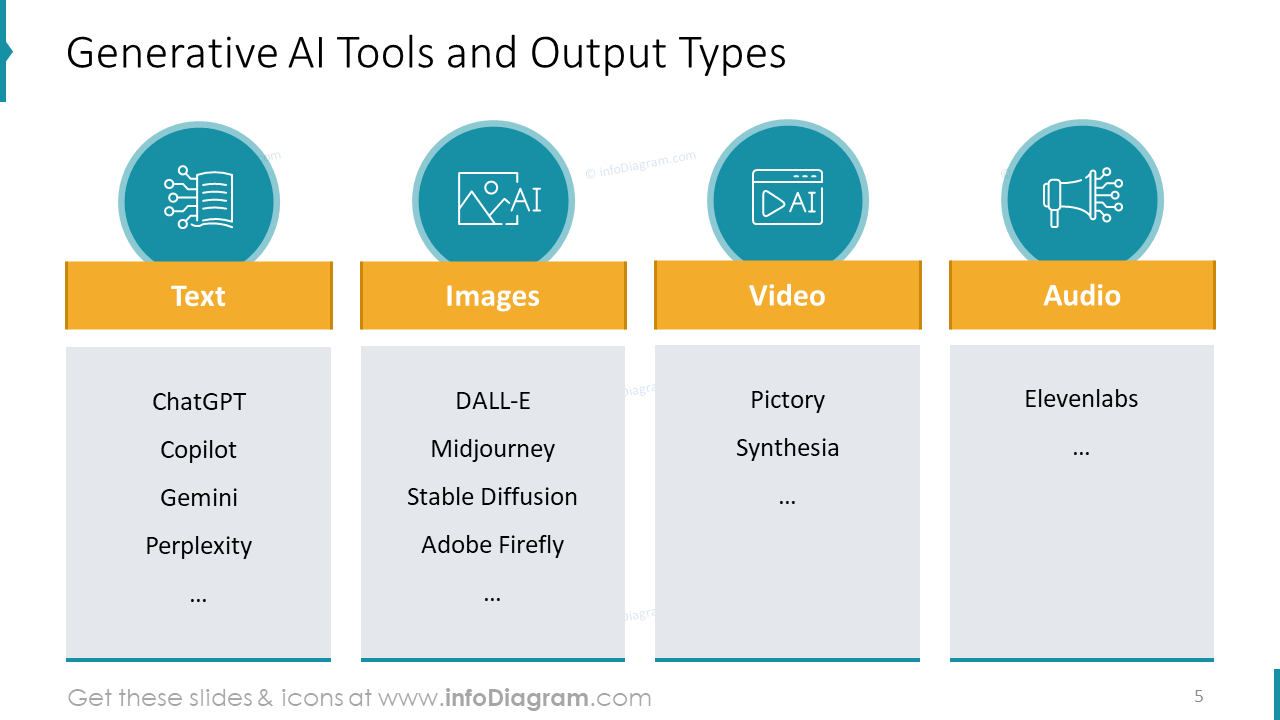Generative AI The Future of Image Creation
Generative AI: A Paradigm Shift in Image Creation
The world of image creation is undergoing a seismic shift, driven by the rapid advancements in generative AI. No longer confined to the realm of professional graphic designers and photographers, image generation is becoming increasingly accessible to everyone, thanks to intuitive interfaces and powerful algorithms. This democratization of image creation is poised to revolutionize various industries, from marketing and advertising to entertainment and education.
Understanding Generative AI and its Capabilities
Generative AI models, specifically those using deep learning techniques like GANs (Generative Adversarial Networks) and diffusion models, learn patterns and structures from vast datasets of images. This learning process allows them to generate entirely new, original images that resemble the training data in style and content. These models aren’t just replicating existing images; they’re creating unique compositions, often surpassing human capabilities in terms of speed and efficiency. They can generate photorealistic images, abstract art, illustrations, and even manipulate existing images with incredible precision.

The Accessibility of Generative AI Tools
One of the most significant aspects of the generative AI revolution is its accessibility. Previously, sophisticated image editing and creation required specialized software and considerable training. Now, user-friendly platforms are emerging, offering intuitive interfaces that empower even novice users to generate stunning visuals with minimal effort. This ease of use is breaking down barriers and widening participation in creative endeavors.
Applications Across Various Industries
The implications of generative AI extend far beyond personal use. Industries are rapidly adopting these tools to streamline workflows and boost productivity. In marketing and advertising, generative AI is used to create compelling visuals for campaigns, generating variations of ads quickly and efficiently. Game developers are leveraging it to generate textures, environments, and characters, reducing development time and costs. The fashion industry is using it to design clothing and accessories, while architects are exploring its potential for creating realistic building renderings.
Ethical Considerations and Challenges
Despite the exciting possibilities, the rise of generative AI also presents ethical considerations. Issues surrounding copyright and intellectual property are still being debated, as the models learn from existing images. Concerns about the potential for misuse, such as creating deepfakes or generating misleading imagery, are also important. Addressing these ethical challenges is crucial to ensure responsible development and deployment of these powerful technologies.
The Future of Human Creativity in the Age of AI
Many wonder if generative AI will replace human artists and designers. The reality is more nuanced. While AI can automate certain tasks and increase efficiency, it’s unlikely to fully replace human creativity. Generative AI acts more as a powerful tool that augments human capabilities, allowing artists to focus on higher-level creative tasks and explore new possibilities. The future will likely see a collaborative relationship between humans and AI, where humans guide the creative process and AI assists in its execution.
Continuous Innovation and Development
The field of generative AI is constantly evolving. Researchers are continuously developing new models and algorithms, pushing the boundaries of what’s possible. We can anticipate even more impressive capabilities in the near future, including improved image quality, more sophisticated control over the generation process, and the ability to create even more diverse and imaginative visuals. The journey of generative AI is only just beginning, and its impact on the future of image creation is poised to be transformative.
Generative AI and Personal Expression
Beyond professional applications, generative AI is empowering individuals to express their creativity in novel ways. Individuals can now easily create unique artwork, personalized avatars, and customized imagery for personal projects, social media, and more. This increased accessibility to creative tools is fostering a new era of digital artistry and self-expression, making creative pursuits more democratic and inclusive. Please click here for examples of generative AI tools.
